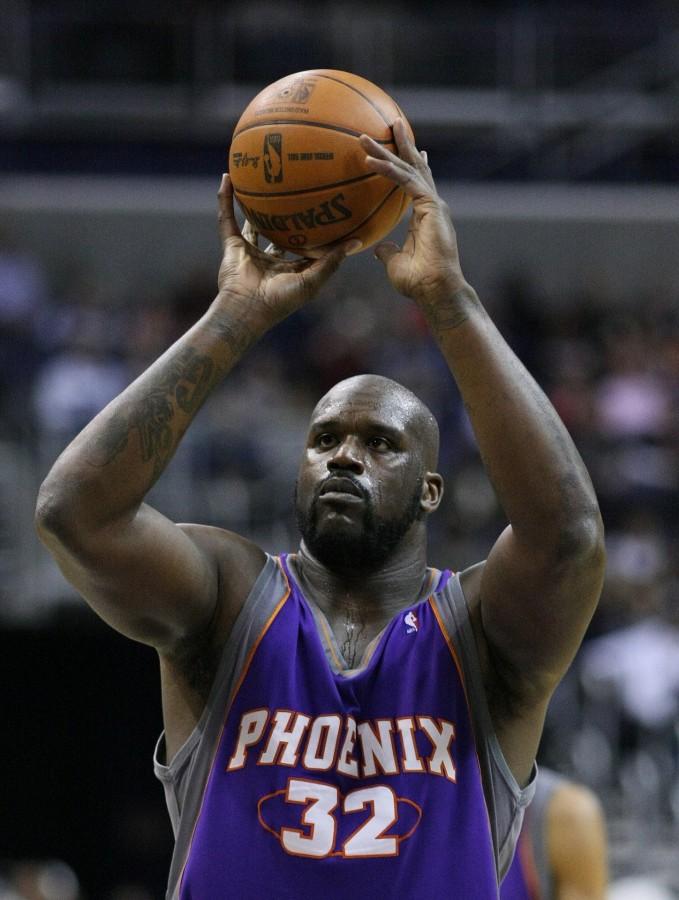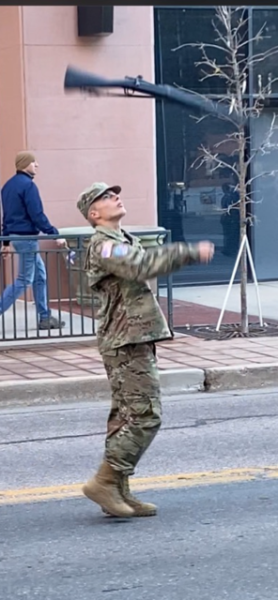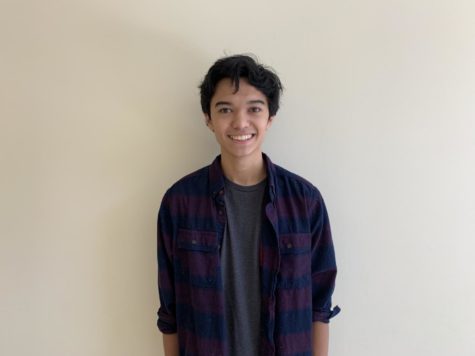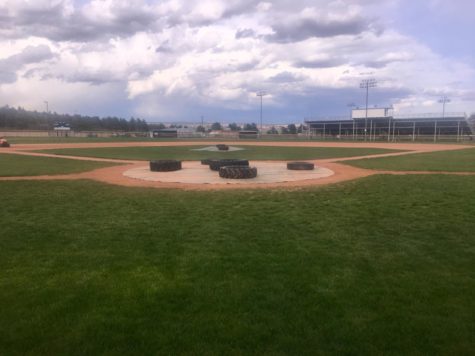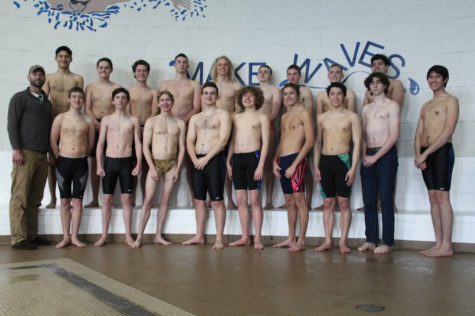Hack a Shaq, Fair or Foul?
As an effort to stop overpowering offenses, many NBA teams have taken to the strategy of fouling the worst free throw shooter on the opposing team whenever they find themselves struggling defensively. Fans of the Clippers, Rockets, and Pistons know this strategy all too well. Last year’s playoffs saw a match-up between the Rockets and Clippers in which one game had 89 free throws. Over a 48 minute game, 89 free throws were shot. This means that for every 32 seconds of play, a free throw was shot.
This strategy has become a genuine conflict for the league. So much so that League Commissioner Adam Silver has felt the need to address it saying that “a change needs to be made.” The topic is a tough one to address, many coaches don’t think the league should accommodate the players who get intentionally fouled simply because they cannot make a free throw. Free throws are supposed to be an advantage for the team shooting them, so it is a bit of a mystery how professional athletes like Deandre Jordan and Dwight Howard shoot them with such atrocity. Big men on Air Academy’s basketball team have not faced such difficulty from the “charity stripe.” Our three tallest starters, Nate Renfrew, Logan Negley and Zach Miller shot 63%, 65%, and 63%, respectively from the free throw line this season. Those numbers are something that the boys would not be particularly satisfied with, but All-Star Andre Drummond would be ecstatic with those numbers which would be a significant bump from his 50.7% on his career.
The reason for these horrendous numbers from throw line is truly a mystery. Dwight Howard stated that he “was a 90 percent free-throw shooter in high school.” So what has caused him to become a 57% career free-throw shooter and a target for this “hack a shaq” strategy? This is the million dollar question that Howard and his coaches have been trying to answer his entire career.Perhaps it is a confidence thing, or maybe it is fatigue. Either way, Howard has no liable excuse for his struggles at the free-throw line.
The term “hack a Shaq” was coined in the late 1990’s when Superstar Shaquielle O’Neil was terrorizing opposing defenses in the paint. Teams had no choice but to send the big man to the free-throw line where he was only successful 52.7% of the time in his career. At the time, this strategy was essentially isolated to O’Neil, but now it stretches across the league and seriously threatens the entertainment value of the NBA. Nobody enjoys watching two big men on opposing teams unsuccessfully shoot free throws for two hours, and it certainly does not meet certain expectations for the game’s integrity that have been set by the league’s rich history.
The easiest solution for this controversy would be for the league’s big men to learn to adequately shoot free throws. Unfortunately for Adam Silver, Dwight Howard, and NBA fans, the targeted players seem unable to even slightly improve their embarrassing numbers. For at least the end of the season, NBA spectators will need to sit through the unbearable brand of basketball that comes along with this strategy of defense.
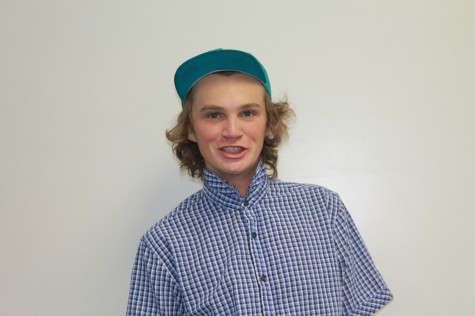
Although my birth name is Ryan Henley, I am most commonly known as Bear Claw and Rhino. The origins of those aliases are known to few, and those who have...



